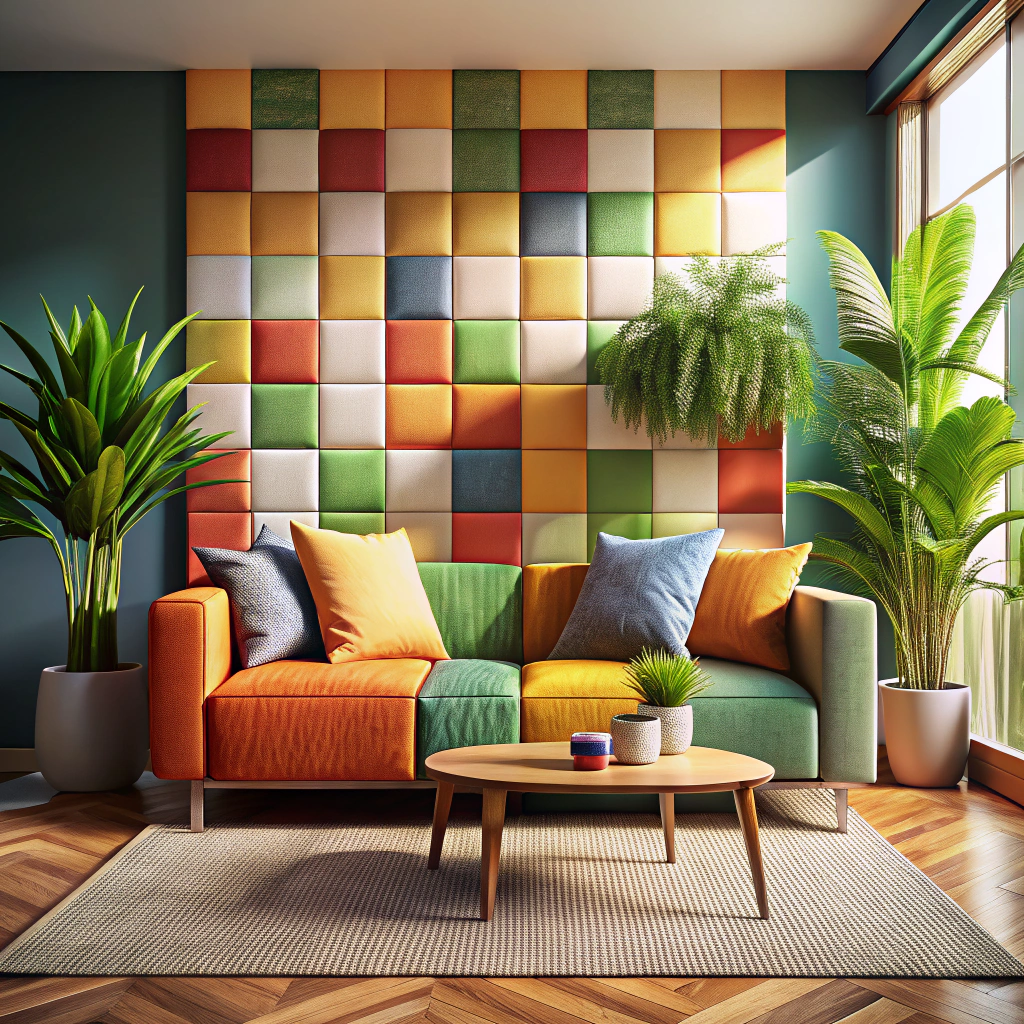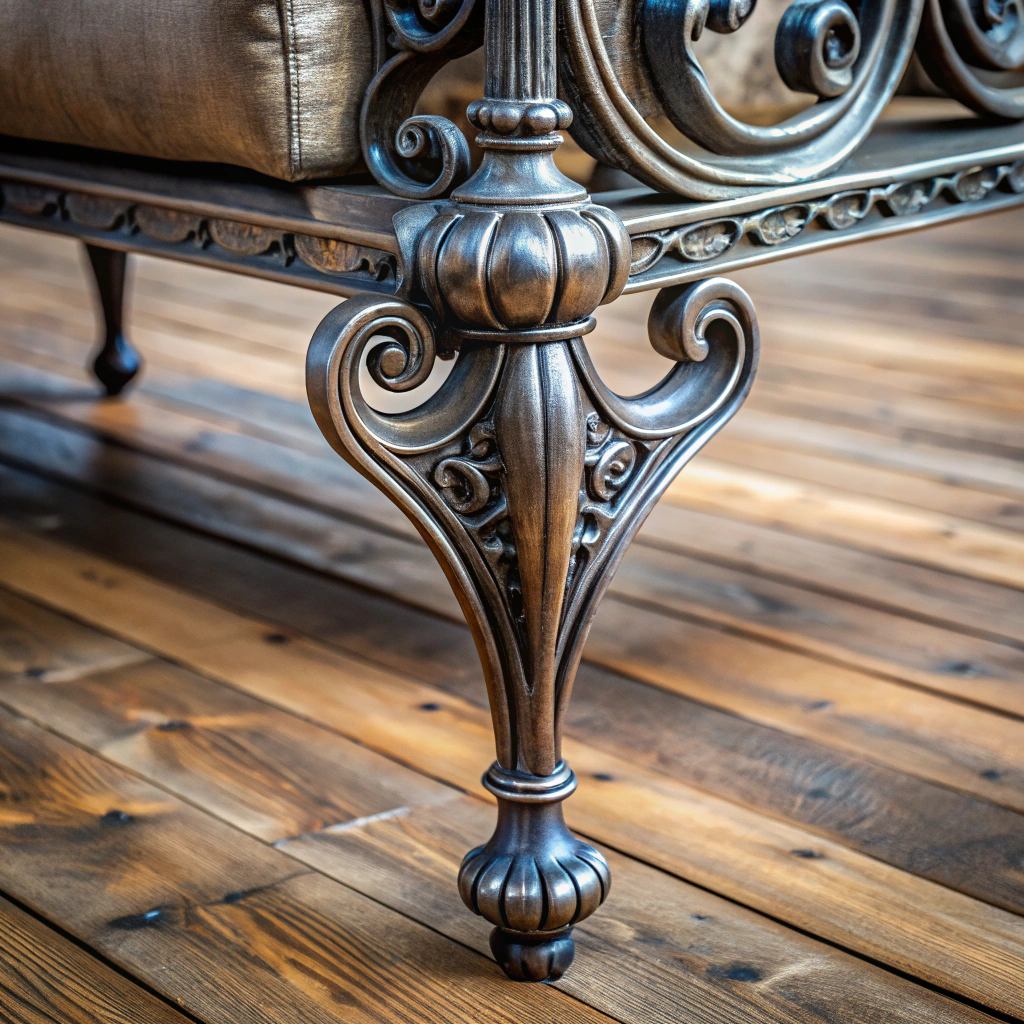Last updated on
Discover the ideal number of pillows for your couch to maximize both comfort and style.
Key takeaways:
- Consider the size and style of the sofa.
- Achieve a harmonious balance in pillow styling.
- Exercise restraint and avoid overstuffing.
- Choose the right throw pillow sizes for your couch.
- Mix throw pillow patterns while maintaining cohesion.
Table of Contents
The Size and Style of the Sofa Is a Factor
The dimensions of your couch will essentially dictate the number of pillows you should consider. A smaller two-seat sofa generally looks best with two to four pillows, while a standard three-seater can handle three to five pillows comfortably. For larger sectional sofas, you may want to incorporate anywhere from five to seven pillows to create a cohesive and balanced look.
Consider the depth of your sofa as well. Deeper sofas can accommodate larger pillows without encroaching on seating space, whereas more shallow seats might call for slimmer cushions. The style of your sofa also plays a role; sleek, modern designs tend to suit a minimalistic approach with fewer, larger pillows, whereas traditional styles can handle a more abundant and varied pillow arrangement.
Tips for Sofa Styling
Achieving a harmonious balance is key when styling your couch with pillows. Start by selecting a color palette that complements the room. Neutral tones offer a serene backdrop, allowing for pops of color through accent pillows.
Consider texture as well; mixing materials such as linen, velvet, or knit can add depth and interest. Patterns should be varied in scale to avoid a chaotic look; combine a larger print with smaller, subtler designs.
Symmetry is a classic approach that brings order and elegance. Place the same number of pillows on each side of the sofa, mirroring their arrangement for a polished look. However, asymmetry can add visual intrigue. If you prefer an informal vibe, an odd number of pillows encourages a more relaxed, organic layout.
Keep in mind the functionality of your space. Overstuffing your couch with pillows might look cozy but could end up being cumbersome to guests. Lastly, to prevent a flat appearance, fluff and chop your pillows to maintain their shape and create an inviting texture.
Exercise Restraint
Keeping the number of pillows balanced is key to a well-styled couch. It’s tempting to go overboard with cushions, but too many can make seating less functional and look cluttered. Ideally, stick to an odd number of pillows, which is more visually appealing. Three to five pillows are usually sufficient for a standard sofa.
Consider the couch’s primary use. For a family room sofa that is used daily, fewer, more substantial pillows will be more practical. For a formal living room that isn’t used as often, a few smaller, more decorative pillows might suffice.
Also, ensure that the pillows don’t take up more than half of the seating space. Guests should be able to sit down without having to move cushions out of the way. Remember, the ultimate goal is to blend comfort with aesthetic—a couch should invite relaxation, not present an obstacle course of textiles.
Throw Pillow Sizes to Use On Your Couch
When selecting throw pillows for your couch, size matters for both comfort and aesthetics. The most common sizes are 16×16, 18×18, and 20×20 inches. These can provide a good base for layering. For a standard sofa, 18×18 is typically a comfortable size, while 20×20 provides a fuller look and extra support.
In smaller spaces or on loveseats, consider using smaller pillows like the 16×16 to avoid overwhelming the furniture. If you have a larger sectional or want to create a more luxurious feel, consider incorporating larger pillows, such as 24×24 inches, which can serve as a foundation, with smaller pillows layered in front. Remember to maintain a sense of scale; the pillows should complement the couch, not overpower it or get lost against its backdrop.
For a dynamic look, mix and match sizes. Placing a larger pillow in the back with a smaller one in front can add depth and interest to your arrangement. An odd number of pillows can also make the composition more appealing, with a common configuration being two larger pillows on each end and a smaller one in the center.
Lumbar pillows, typically around 12×18 inches, are a great choice for additional back support or as a decorative accent when placed in front of larger square pillows. They complete the look by introducing a different shape and are especially useful on deeper sofas where back support might be needed.
Keep in mind these guidelines are not strict rules. The key is to find a balance that is visually pleasing and suits your personal comfort needs.
How to Mix Throw Pillow Patterns
Mixing throw pillow patterns can immensely elevate the aesthetic appeal of a couch. To achieve a harmonious mix, consider choosing patterns that complement each other in terms of color, scale, and design.
Start with a common color palette to ensure cohesion. Select one or two dominant colors that can be found throughout your throw pillows, tying the look together.
Vary the scale of patterns to create visual interest. Pair a larger, bold print with a smaller, subtle pattern to prevent visual clutter and maintain balance.
Incorporate a mix of pattern types, such as geometric with floral, or stripes with abstract designs. This creates a lively and dynamic feel without overwhelming the space.
Don’t shy away from textures. Adding a variety of materials such as velvet, linen, or faux fur can add depth to your pattern mix while keeping the look cohesive.
Finally, add a solid-colored pillow or a pillow with a subtle texture to break up the patterns and provide a place for the eye to rest.




